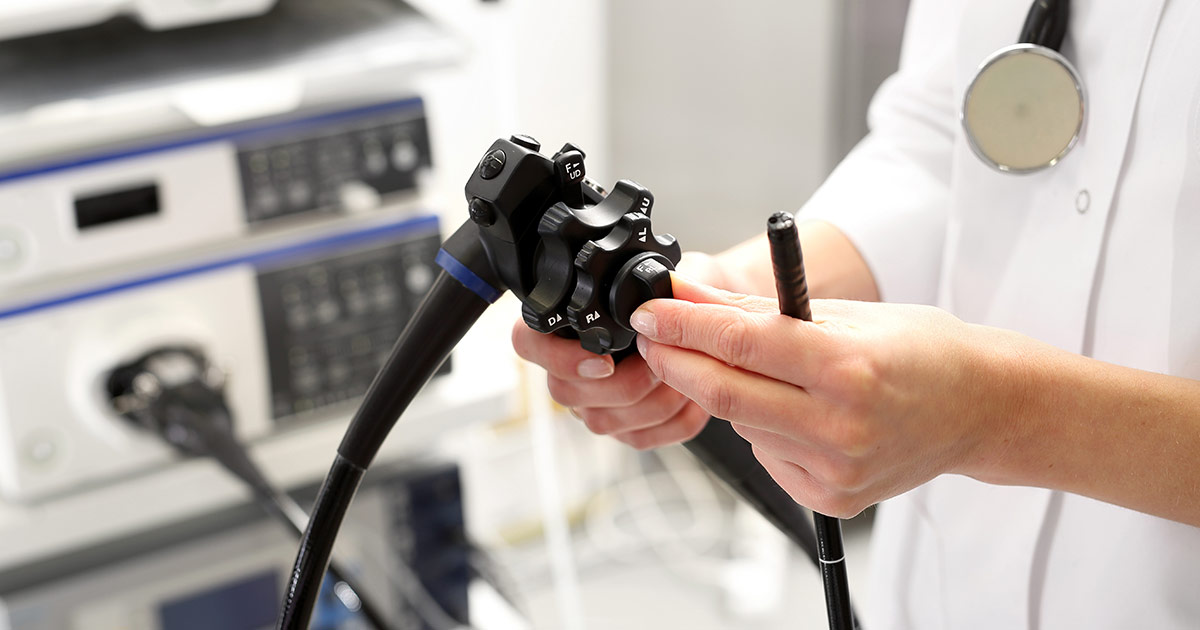Guide To Treating Esophageal Achalasia
Heller Myotomy

Heller myotomy is a minimally invasive type of surgery. During the procedure, the doctor uses a tiny camera and miniaturized surgical tools, and while the patient is under general anesthesia, they make small incisions in their abdomen. When the doctor finds the esophagus, they make a vertical incision that begins above the lower esophageal sphincter and descends a short distance into the stomach. Guided by a monitor, the surgeon only incises the top layers of the esophagus to free the muscle. Because the surgery is minimally invasive, the patient only needs to spend a night or two in the hospital, recovers more rapidly and has less pain than they would have if they’d had open surgery on their abdomen or chest.
Reveal the next treatment for esophageal achalasia now.
Fundoplication

One of the risks of myotomy is acid reflux, which is when the opened esophageal sphincter allows the stomach contents to backwash into the esophagus, causing heartburn. One way to treat this is fundoplication. There are several types of this procedure, but the most popular type surgeons use with myotomy is anterior. In this operation, the upper, curved area of the stomach called the fundus is sutured over the front of the patient’s esophagus, so whenever the stomach contracts it automatically shuts the esophagus. In posterior, or Toupet fundoplication, the fundus is stitched at the back of the esophagus. The Nissan operation wraps the fundus all the way around the esophagus, but this isn’t usually done for patients with esophageal achalasia.
Learn more about how to treat esophageal achalasia now.
